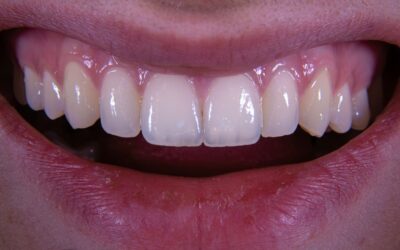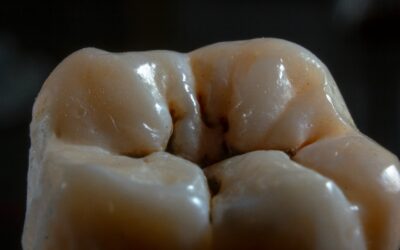When it comes to dental fillings, patients often wonder whether white fillings (composite resin) are better than traditional silver fillings (amalgam). This is a common query we are asked and the answer will largely depend on your individual circumstances, including the location of the filling, aesthetic preferences and your long-term needs as the patient. In this article, we will provide a clear and concise overview of both types of fillings, including their benefits and potential drawbacks, to help you make an informed decision ahead of your treatment.
Understanding White and Silver Fillings
White fillings (composite resin) – White fillings are made of a composite resin material that can be closely matched to the natural colour of your teeth. They are popular due to their aesthetic appeal and versatility.
Silver fillings (amalgam) – Silver fillings are made from a mixture of metals including silver, tin, copper and mercury. They have been used in dentistry for over a century and are valued for their durability.
Aesthetic Considerations
One of the primary reasons patients choose white fillings is their ability to blend seamlessly with natural teeth. White fillings are virtually invisible, making them the preferred choice for front teeth and other visible areas. Silver fillings, on the other hand, are easily noticeable due to their metallic colour, which can affect a patient’s confidence, especially when smiling or speaking.
Durability and Longevity
Silver fillings are renowned for their strength and durability. They are particularly effective for back teeth, as they are able to deal with regular chewing force. These fillings can last 10 to 15 years or more with proper care, making them a very cost-effective option.
White fillings, while durable, are slightly less robust than their silver counterparts. They typically last 7 to 10 years, although advancements in dental technology have significantly improved their lifespan significantly, which largely eliminates this drawback. Proper care and regular dental check-ups can also extend their durability.
Treatment Process
The procedure for placing white and silver fillings differs slightly. White fillings require the tooth to be kept dry during application and are bonded directly to the tooth structure. This bonding process helps strengthen the tooth, making it a more conservative treatment option as less natural tooth structure is removed.
However, silver fillings rely on a mechanical retention process, meaning the dentist may need to remove more healthy tooth structure to secure the filling. While this technique is effective, it can weaken the tooth over time.
Impact on Health
Silver fillings have been known to contain mercury, which has raised concerns over potential health risks. However, reputable organisations such as the World Health Organisation and the British Dental Association have deemed the amount of mercury in amalgam fillings to be safe for most patients. That said, some individuals may prefer to avoid silver fillings due to these concerns, particularly if they have a known allergy to mercury or other metals.
White fillings do not contain mercury, making them a suitable choice for patients with sensitivities. They also have a lower thermal conductivity than silver fillings, reducing the risk of sensitivity to hot and cold temperatures.
Patient Recovery Time
Both types of fillings require minimal recovery time. However, white fillings set almost immediately under a curing light, allowing patients to eat and drink shortly after the procedure. Silver fillings, in contrast, take up to 24 hours to harden fully, requiring more caution immediately after treatment.
Environmental Impact
Silver fillings can pose environmental concerns due to mercury waste, which requires careful disposal to prevent contamination. White fillings, being mercury-free, are generally considered more environmentally friendly.
Cost Comparison
White fillings are usually more expensive than silver fillings due to the material cost and the precision required during placement. However, many patients consider this a worthwhile investment for the aesthetic and health benefits they offer.
Which Option is Right for You?
The choice between white and silver fillings ultimately depends on your individual needs and preferences. Key factors to consider include:
- Location of the filling – For front teeth or visible areas, white fillings are typically preferred due to their natural appearance.
- Durability requirements – For molars or areas subjected to high chewing pressure, silver fillings may be more suitable.
- Health and environmental concerns – If avoiding mercury is important to you, white fillings are the better option.
- Budget – While white fillings tend to be more expensive, their benefits may justify the higher cost for some patients.
Conclusion
Both white and silver fillings have their own advantages and limitations. White fillings offer superior aesthetics, minimal removal of natural tooth structure and a mercury-free composition, making them a popular choice for modern dental treatments. Silver fillings, however, remain a robust and cost-effective option for patients prioritising longevity and strength.
Consulting with your dentist is the best way to determine which type of filling is right for you, and at Cheslyn Hay Dental Practice we are here to help guide you on your dental health journey. Book an appointment today to discuss your treatment options and take the first step towards a healthier smile.







